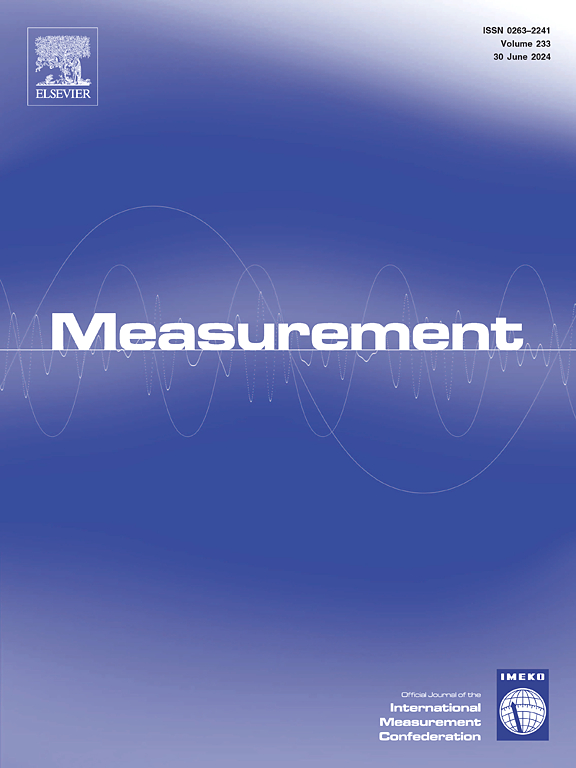基于稀疏钻孔采样数据的深度学习驱动三维地质建模方法
IF 5.6
2区 工程技术
Q1 ENGINEERING, MULTIDISCIPLINARY
引用次数: 0
摘要
基于有限钻孔取样数据建立三维地质模型对资源勘探利用具有重要意义。然而,钻孔取样数据的稀疏性是制约地质建模精度的关键因素。传统的显式建模仍然过度依赖专家经验,而常用的隐式建模方法对建模过程要求较高,这两者都限制了稀疏井眼采样数据下地质建模的效果。为此,本文提出了一种深度学习驱动的三维地质建模方法。为解决数据集构建问题,创新性地提出了一种基于隐式建模理论的数据自组织方法。此外,采用自编码器消除自组织数据集中的噪声,提取深度特征。结合残差网络和胶囊网络的优点,提出了一种用于预测目标区域离散单元岩性的ResCapsNet。通过仿真实验和现场试验对该方法进行了验证。在模拟实验中,该方法在三维地质建模中的准确率达到96.7%,优于AE-ResNet的94.5%、ResCapsNet的93.6%、支持向量机的58.1%和随机森林的35%。在现场试验中,所建立的三维地质模型精度达到99.1%。此外,还分析了钻孔采样间隔和数据集体积对建模精度的影响。结果表明,本文提出的深度学习驱动的三维地质建模方法可以充分利用稀疏的钻孔采样数据构建高精度的三维地质模型。本文章由计算机程序翻译,如有差异,请以英文原文为准。
A deep learning-driven three-dimensional geological modeling method using sparse borehole sampling data
Constructing a three-dimensional (3D) geological model based on limited borehole sampling data is highly important for resource exploration and utilization. However, the sparsity of borehole sampling data is a key factor restricting the accuracy of geological modeling. Traditional explicit modeling still overly relies on expert experience, and the commonly used implicit modeling methods have high requirements for the modeling process, both of which limit the effect of geological modeling under sparse borehole sampling data. Therefore, this paper proposes a deep learning-driven 3D geological modeling method. A data self-organization method based on implicit modeling theory was innovatively developed to solve the problem of dataset construction. Moreover, an autoencoder was employed to eliminate the noise in the self-organized dataset and extract deep features. A ResCapsNet, which combines the advantages of the residual network and the capsule network, was proposed to predict the lithology of discrete units in the target area. We tested the proposed method via simulation experiments and field tests. In the simulation experiments, the method achieved an accuracy of 96.7 % in 3D geological modeling, outperforming 94.5 % of AE-ResNet, 93.6 % of ResCapsNet, 58.1 % of support vector machines, and 35 % of random forest. In the field tests, the accuracy of the constructed 3D geological model reached 99.1 %. Additionally, the influences of borehole sampling intervals and dataset volume on modeling accuracy were analyzed. The results show that the deep learning-driven 3D geological modeling method proposed in this paper can fully utilize sparse borehole sampling data to construct high-precision 3D geological models.
求助全文
通过发布文献求助,成功后即可免费获取论文全文。
去求助
来源期刊

Measurement
工程技术-工程:综合
CiteScore
10.20
自引率
12.50%
发文量
1589
审稿时长
12.1 months
期刊介绍:
Contributions are invited on novel achievements in all fields of measurement and instrumentation science and technology. Authors are encouraged to submit novel material, whose ultimate goal is an advancement in the state of the art of: measurement and metrology fundamentals, sensors, measurement instruments, measurement and estimation techniques, measurement data processing and fusion algorithms, evaluation procedures and methodologies for plants and industrial processes, performance analysis of systems, processes and algorithms, mathematical models for measurement-oriented purposes, distributed measurement systems in a connected world.
 求助内容:
求助内容: 应助结果提醒方式:
应助结果提醒方式:


